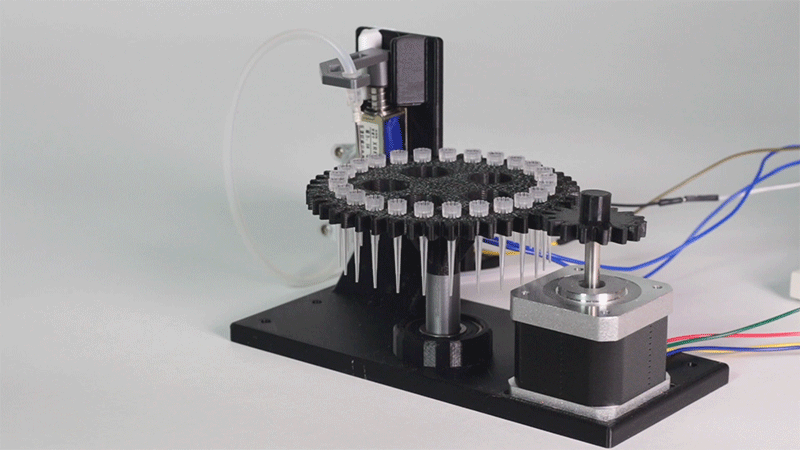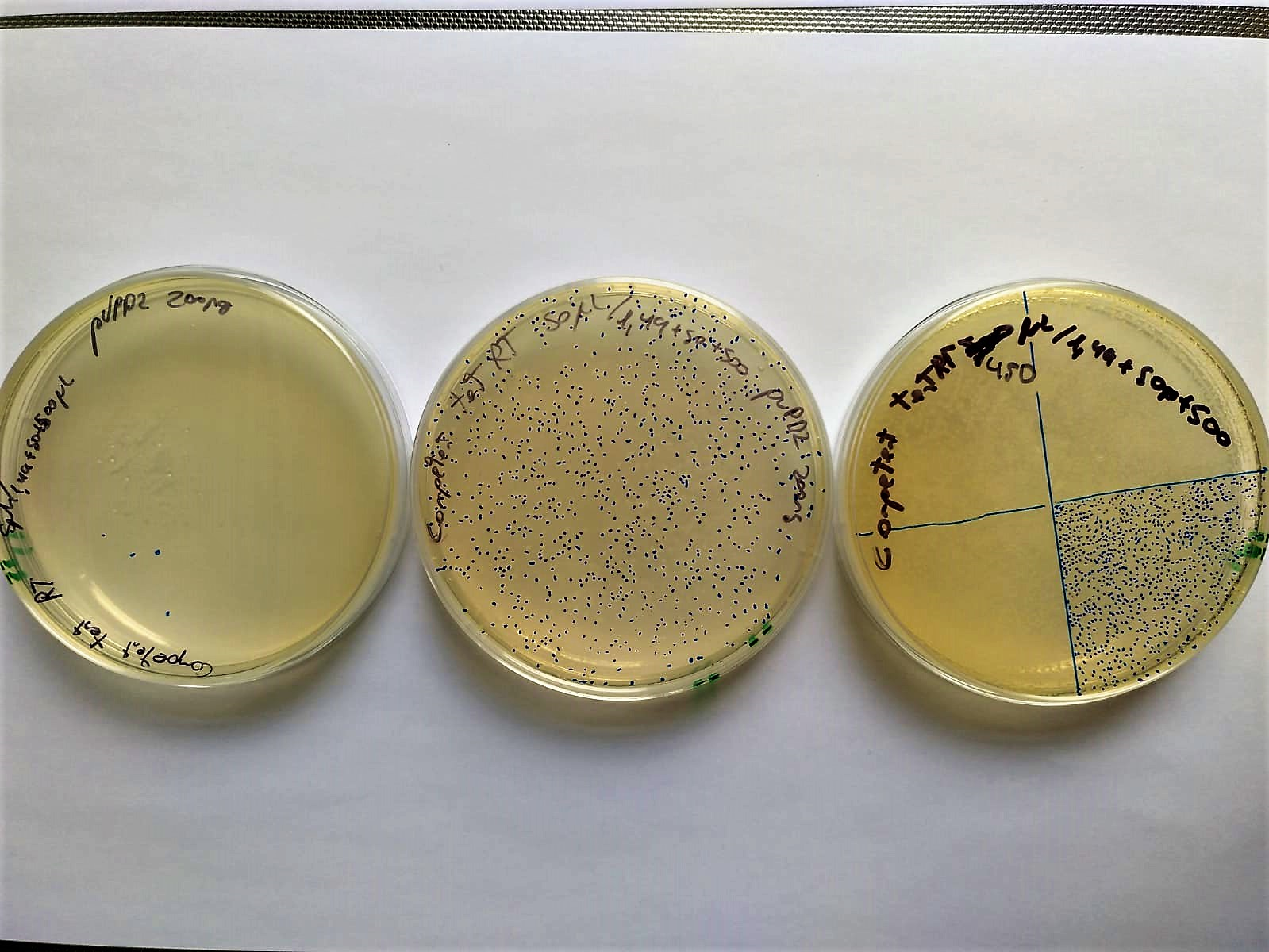| Line 276: | Line 276: | ||
<img src="https://static.igem.org/mediawiki/2018/1/17/T--Valencia_UPV--comparison_GGBB_graphUPV2018.png"> | <img src="https://static.igem.org/mediawiki/2018/1/17/T--Valencia_UPV--comparison_GGBB_graphUPV2018.png"> | ||
</a><h6 style="text-align: left; padding-left: 5em;">Comparison between fluorescence and absorbance of Golden Gate and BioBrick TU.</h6><div> | </a><h6 style="text-align: left; padding-left: 5em;">Comparison between fluorescence and absorbance of Golden Gate and BioBrick TU.</h6><div> | ||
| − | |||
| − | |||
| − | |||
| − | |||
| − | |||
| − | |||
| − | |||
| − | |||
| − | |||
| − | |||
| − | |||
| − | |||
| − | |||
<div> | <div> | ||
| − | + | <div style=""> | |
| − | + | ||
| − | + | ||
| − | + | ||
| − | + | ||
| − | + | ||
| − | + | ||
| − | <div style=" | + | |
| − | + | ||
| − | + | ||
| − | + | ||
| − | + | ||
| − | + | ||
| − | + | ||
| − | + | ||
| − | + | ||
</div> | </div> | ||
| − | |||
</div> | </div> | ||
| − | |||
| − | |||
| − | |||
| − | |||
| − | |||
| − | |||
| − | |||
| − | |||
| − | |||
| − | |||
| − | |||
| − | |||
| − | |||
| − | |||
| − | |||
| − | |||
| − | |||
| − | |||
| − | |||
</div> | </div> | ||
</div> | </div> | ||
| Line 333: | Line 285: | ||
</div> | </div> | ||
</section> | </section> | ||
| − | |||
| − | |||
| − | |||
| − | |||
| − | |||
<!--<div class="loader"></div>--> | <!--<div class="loader"></div>--> | ||
Revision as of 12:06, 12 October 2018
Demonstrate
After long months of effort and dedication, Printeria, the project of the Valencia UPV team is now a reality! All our work has been reflected in our device. With this project we intend to make the approach to Synthetic Biology a reality, but... to what extent has our team been able to develop Printeria? Does it really work?
Printeria concept-testing
Here we show all the evidence to prove that the Printeria device really works.
The entry of consumables system is a completely original approach in order to dispense precise quantities of liquid in a compact and highly controllable way. In the following video it is shown how our entry system works:
The digital microfluidics technology is the basis of Printeria. It allows us to recreate the experiments that take place in the lab in an accurate and automated way, providing a high control of the reactions. First, we accomplished the movement of the droplets in smaller test boards, as you can see here:
Test boards
After testing the digital microfluidic technology, we were able to approach the final surface design. We made it larger so that it could hold a higher number of pads and in order to implement the hot and cold zones, leading to the following design:
PCB surface final design
In order to do the assembly, it is necessary to make the droplets go through cyclic temperature changes. For this purpose, cold and hot zones have been implemented, thanks to a resistance and two peltiers, between which the drops will move. To prove the functioning of the thermocycler, an assembly of BBa_K2656024 (Link) into P10500 (Link) war made and the results are the following:
-
Once the assembling process has been made, it is necessary to electroporate the bacteria in order to do the transformation. We have implemented an electroporator based on the design made by the Hype It iGEM project (Valencia_UPV 2016 team). The electroporator was tested in a cuvette before implementing it in Printeria.
Electroporation experiment
Once the transformed bacteria are ready, they are sent to the measurement system in order to culture them while OD and Fluorescence measurements are taken. It consists of a system based on a shaker, which has holders for the cultured tubes in which the bacteria will be stored. To those holders, there are sensors attached to monitor the growth of bacteria. To test the system, we have used the shaker while OD and Fluorescence measurements have been made, obtaining the following graphs:

OD measurements registred by Printeria's OD sensor and fitted to an exponential curve of cell growth.
Fluorescence graph

Proof of concept of the entry system
Printeria Wet Lab demonstrations
In this section you can check all our Wet Lab demonstrations:
We have proved that assembling functional composite parts with the Golden Gate method with our basic parts is possible... Here you can see a sfGFP transcriptional unit that has been obtained by employing Golden Gate assembly method.
It has also been proven that by using linearized destination vectors in the Golden Gate assembly reactions, a very small number of bacteria transformed with vectors without the desired insert are obtained. Here you can see a GFP transcriptional unit obtained by using a linearized destination vector in the assembly reaction.
Another demonstration is that electrocompetent bacteria can be stored at -20ºC for at least two weeks and chilled for 4 hours at room temperature (30.3ºC) without losing their competence.

Serial decimal dilutions (from left to right: 10-2, 10-1 and 100) of transformed electrocompetent bacteria stored at -20°C for two weeks and set at Room Temperature (37°C) 4 hours before electroporation. These bacteria are transformed with P10500 and plated in LB-agar petri dishes with cloranphenicol.
Finally, to compare the efficiency of Golden Gate vs BioBricks assembly, we have designed a comparative experiment between two TU of identical structure but assembled with Golden Gate and BioBricks method, respectively. Our results demonstrate that both methods have the same efficiency.

Comparison between fluorescence and absorbance of Golden Gate and BioBrick TU.



